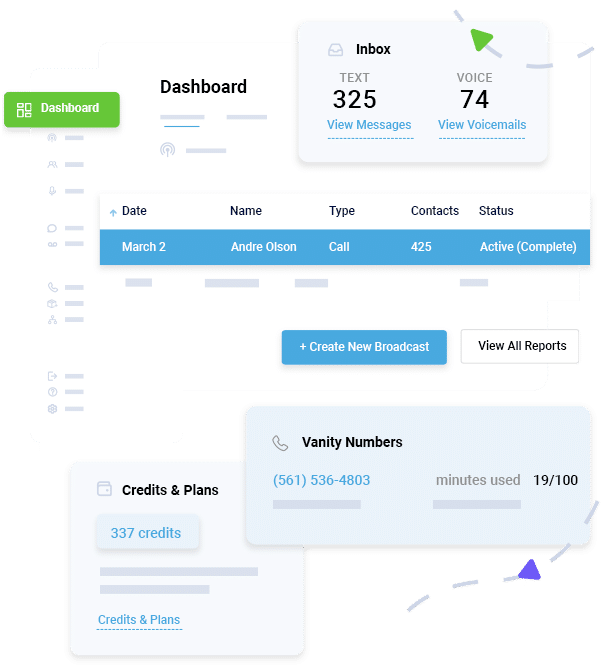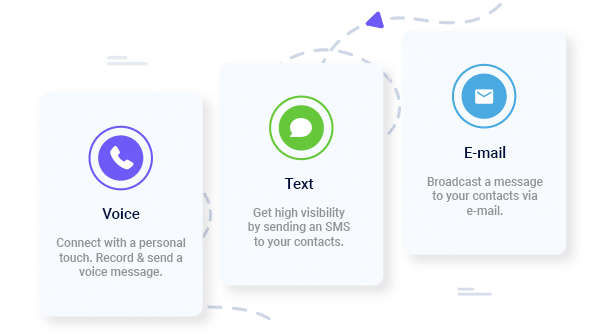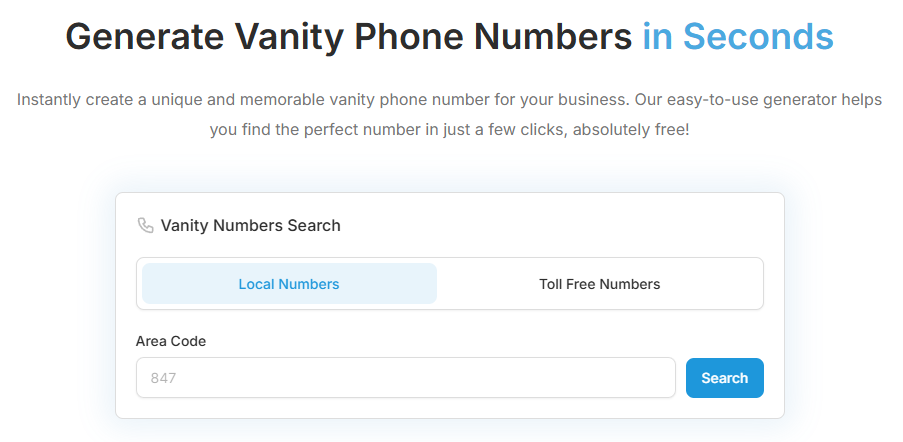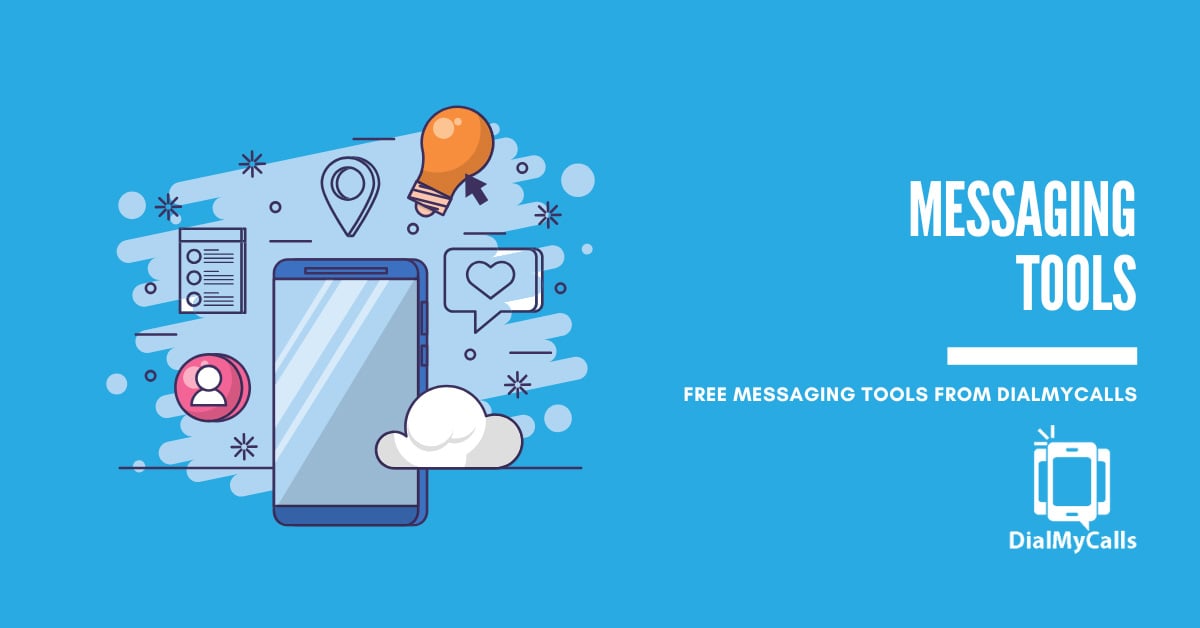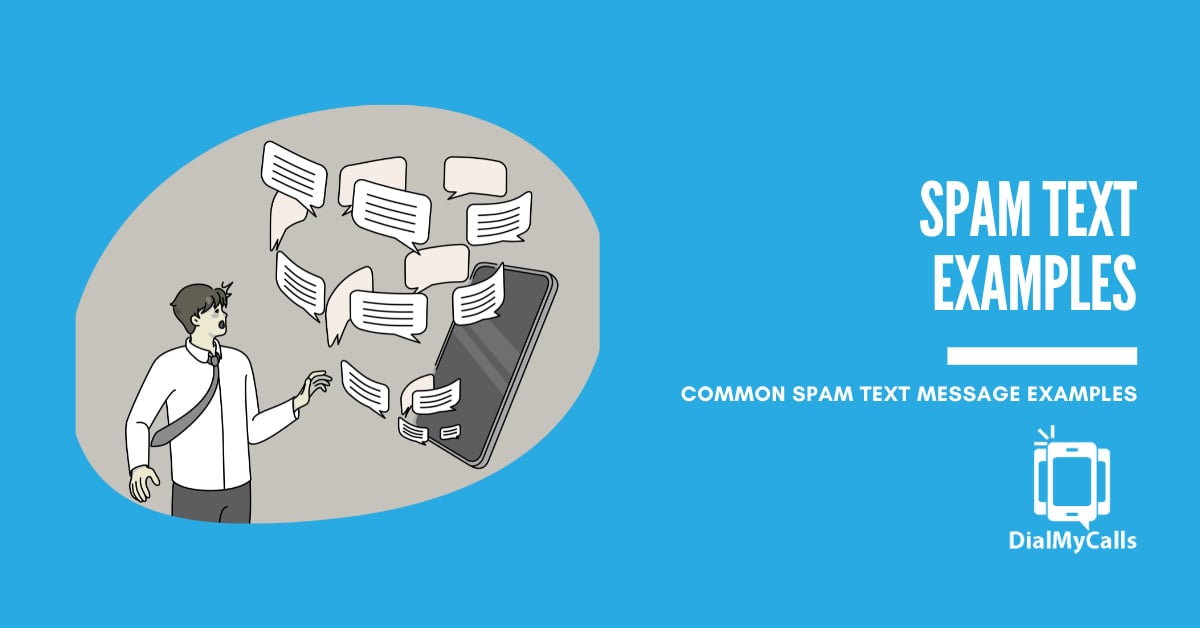The Impact of Local Numbers on Cold Calling Success
Posted by Tim Smith in General Post on June 5, 2025
Updated on August 6, 2025
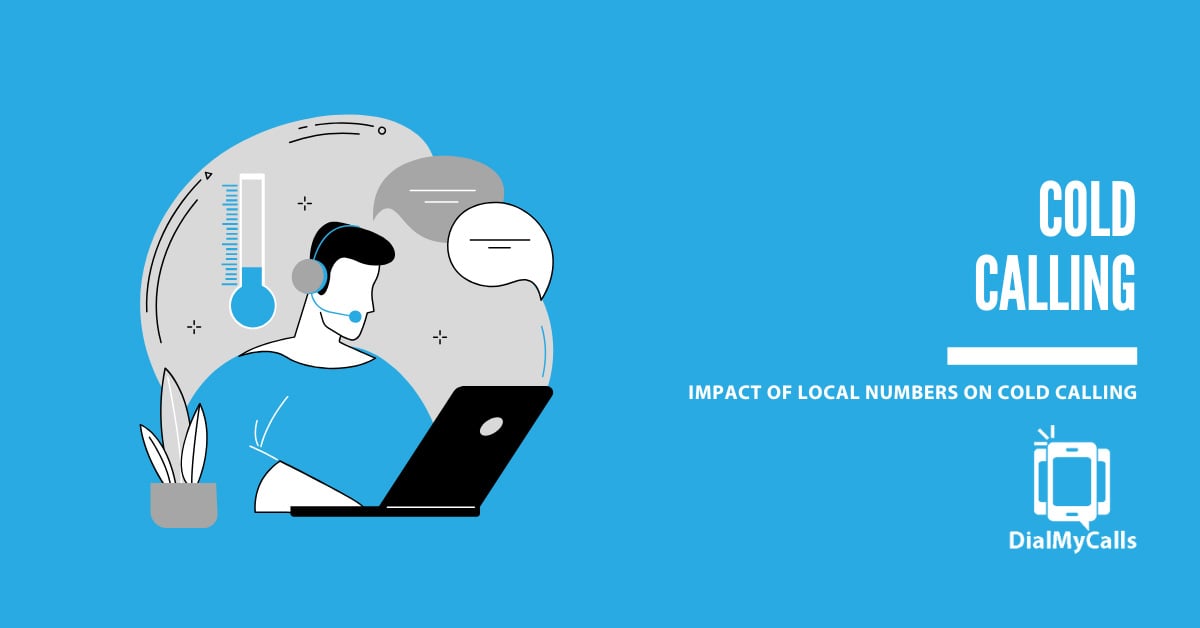
The dreaded cold call—that moment when you dial a stranger’s number, heart racing, script in hand, hoping they’ll pick up (and praying they won’t hang up immediately). Cold calling remains one of the most challenging parts of modern sales as it’s emotionally draining, time-consuming, and often met with silence.
Yet, despite the rise of email, social selling, and automation, cold calling continues to deliver results when done right. It’s still one of the fastest ways to qualify leads, book meetings, and start real sales conversations. The problem? Most calls don’t make it past the ringtone.
Low pickup rates have become the new norm, especially when prospects see unfamiliar or toll-free numbers flashing on their screen. Sales teams spend hours perfecting scripts, timing dials, and refining pitches, only to hit voicemail or get sent straight to spam folders.
But what if the issue isn’t your pitch…but your phone number?
What if switching from a generic or out-of-area number to one that looks familiar could change how prospects react before you even say hello?
In today’s market, your caller ID is the first impression. And that impression could be the difference between silence and success.
Build Trust with Every Message - Use a Local Number
Boost engagement and response rates with a local number your audience recognizes.
Understanding Local Numbers in Cold Calling
Local presence dialing, while simple in concept, involves more than just displaying a familiar area code on a screen. It’s a technique designed to match your outgoing calls with the recipient’s regional identity, increasing the likelihood of engagement.
When executed correctly, it makes your call feel more relevant, reduces instinctive call rejection, and positions the rep as more familiar to the prospect even before a word is spoken.
At the technical level, local presence requires a system that can automatically assign outbound caller IDs based on the area code of the number being dialed. This is typically handled through programmable number pools or dynamic caller ID mapping.
Modern platforms automate this process, selecting a number from your pool that matches the recipient’s NPA-NXX pattern (area code + prefix) and displaying it in real time without rerouting traffic through spoofing or masking methods.
The result is a seamless appearance: your number looks like it belongs down the street, not across the country. There’s no deception in play, but more on contextualizing the call to reduce friction. When a prospect sees a familiar number, their brain performs a split-second threat analysis. Toll-free or mismatched area codes often trigger skepticism, while a local match slips past that filter.
Here’s what typically happens when local presence is used effectively:
- The call is more likely to be answered on the first attempt
- The initial seconds of the call aren’t wasted overcoming resistance
- The rep starts the conversation on a neutral, if not favorable, baseline
In cold calling, these first few seconds are everything. Without them, even the best opener falls flat. Local numbers don’t guarantee conversion, but they do dramatically improve your odds of even having the chance.
Advanced systems also track response rates per area code, allowing teams to fine-tune which regions react more positively to local presence. Over time, this creates a feedback loop with smarter outreach, better engagement, and cleaner data.
For both B2B and B2C sales teams, knowing how local numbers work is key to building a calling strategy that gets real attention.
Psychological Impact of Local Numbers
In sales, decisions rarely happen in a vacuum. Humans respond to subtle cues such as tone of voice, timing, and even the number that appears on the caller ID. Local numbers come with a powerful psychological advantage. They look familiar and feel safer, more relevant, and more deserving of attention.
When someone sees a local number calling, their brain engages in a process driven by three cognitive shortcuts:
- Familiarity bias: People are more likely to engage with things they recognize. A local area code feels familiar, reducing resistance.
- In-group favoritism: Psychologically, we favor individuals or organizations we associate with our “group.” In this case, our community or city.
- Threat reduction: Toll-free or unknown numbers often trigger defensive responses. Local numbers don’t.
These triggers directly impact cold-calling performance. According to a study, reps using local presence dialing saw up to a 4x increase in connection rates. That’s a complete overhaul of what a “successful” outbound call looks like.
The same study notes that connection windows shrink rapidly, often within the first two seconds. That’s why an untrusted number can ruin even the best script. Local presence gives you a head start, allowing your pitch to actually be heard.
Software Advice also reported that 80% of consumers are more likely to answer a local call versus a toll-free number. SaaS sales teams, lead gen agencies, and BDRs report similar results across B2B campaigns.
And it’s not just about pickup rates.
Local numbers often lead to longer, more productive conversations. When trust is established upfront, reps don’t have to spend the first minute overcoming skepticism: they get to sell.
With the Federal Communications Commission’s 2024 Telephone Consumer Protection Act update increasing restrictions on lead-generated outreach, building immediate trust is more critical than ever. Using local caller ID helps reduce regulatory risk and signals legitimacy in an era when robocalls are being aggressively filtered.
The takeaway? Local presence is psychology, compliance, and performance optimization rolled into one.
Statistical Evidence Supporting Local Numbers
400%. That’s how much more likely prospects are to answer a call when the number has a local area code, according to a study by Software Advice. That’s not considering the branding or pitch, just the area code. That small shift quadruples the chance your call gets picked up.

The Sales Development Technology Report by TOPO puts the average number of dials per sales conversation at 18. That’s 18 attempts for one shot. But teams using local presence and dialing automation consistently report 22% more conversations.
Then there’s the quota factor. The Bridge Group’s Inside Sales Report found a direct link between daily conversations and quota attainment. Reps who talk to more people hit targets more often. Local numbers are the quiet accelerators behind those conversations.
The impact is consistent among SaaS reps, B2B closers, and lead gen agencies burning through lists. Everyone sees the same effect: more pickups, more hold time, and more authentic openings.
Local numbers help start a meaningful conversation right from the beginning. When your number is easily identifiable, it creates an environment for a smooth interaction.
Implementing Local Numbers in Your Sales Strategy
- Choose the Right Technology
- Segment by Region
- Train the Team
- Test and Adjust
- Go Multi-Channel
- Local Number Rotation and Burnout Prevention
- Monitoring Number Health and Deliverability
- Scaling Local Presence Across Teams
So once you’re sold on the data, what now? It’s time to roll it out.
Fortunately, bringing local presence dialing into your sales workflow is easier than it sounds, especially with tools like DialMyCalls.
Step 1: Choose the Right Technology
You’ll need a platform that can assign local area codes based on your target’s location. Some companies buy blocks of numbers for each region manually, but that’s rarely scalable. A better approach is using an automated calling system that lets your reps place calls with local numbers automatically based on where they’re calling.
What should your system include? Look for flexible caller ID control, CRM integrations, analytics dashboards, and reliable voice broadcasting. If it doesn’t offer all those, it’s not worth your time.
Teams like The Service Companies saw this firsthand. After relying on 1:1 phone calls and mass emails, they switched to DialMyCalls to reach large staffing pools in seconds. They tested it in one city, and one week later, it went company-wide.
Step 2: Segment by Region
To use local number tools effectively, you need to organize your data. Filter your CRM by location and break down lists by state, city, or even area code. It’ll help your local presence tech pull the right number every time.
Let’s Play Sports nailed this. Operating leagues in multiple states, they send 10–15 region-specific broadcasts a year to players and staff. Instead of wasting time on calls, they trigger thousands of texts and voice messages at once, matched to the recipient’s region.
Step 3: Train the Team
Don’t skip this. Tech without context doesn’t convert. Make sure your team knows how to handle the “Are you local?” objection (pro tip: be honest), and train them to reference something regional in their opener if possible.
Also, help them understand when to lead with a local number versus the main office line. DialMyCalls even includes templates and examples that your reps can use to answer common questions, all inside the platform.
Step 4: Test and Adjust
Local dialing is powerful, but it’s not a simple plug-and-play solution. To see what works, test different area codes, scripts, and call times with A/B experiments. DialMyCalls makes this easy with campaign-level reporting and exportable analytics for deeper insights.
Wilder Balter used this kind of segmentation to manage different groups across their residential communities.
Step 5: Go Multi-Channel
Local numbers hit differently when paired with other tools. Combine them with voicemail drops, sequential dialing, or even pre-event voice broadcasts. A local call after a personalized voicemail can feel more human and less robotic.
DialMyCalls handles all of this under one roof, making your stack cleaner and your process faster. Whether you’re running team-wide outreach or testing high-volume strategies in one state, it scales with you.
Step 6: Local Number Rotation and Burnout Prevention
If you’re calling the same region repeatedly, even a local number loses its edge over time. Prospects start to recognize the number and associate it with cold calls. When this happens, answer rates drop and trust erodes. To prevent this, rotate local numbers for each region.
Use a platform that can assign multiple numbers to each area code and randomize the outbound caller ID for every attempt. This avoids triggering spam filters and keeps your call traffic looking natural. You can also set internal thresholds, such as a maximum number of dials per day, to know when it’s time to switch out a number.
Monitor performance by tagging calls and tracking answer rates across each number. Over time, you’ll identify which numbers are consistently performing and which ones need to be pulled.
Step 7: Monitoring Number Health and Deliverability
Some numbers start strong but get flagged by phone carriers due to high volume, poor scripting, or spam reports. These numbers may appear as “Likely Spam” or even get blocked. If you’re not watching carefully, your best script won’t even make it to a real ear.
Look for red flags such as sudden drops in pickup rates, an increase in unanswered calls, or reports showing delivery issues. These indicators usually mean your number’s reputation is starting to decay.
Step 8: Scaling Local Presence Across Teams
Once local presence shows results, the next step is to roll it out across the entire sales team. But without structure, this can get messy fast. Reps might accidentally call the same leads using different local numbers, which can cause confusion or raise red flags with prospects.
Assign local number pools by territory and connect them to specific reps through your CRM. This ensures each rep only uses the numbers appropriate for their region. Platforms like DialMyCalls allow you to configure permissions, so team members only access what’s relevant to their outreach.
To keep things running smoothly, build out standard operating procedures. Include best practices for choosing local numbers, tracking usage, and handling objections. Regular training sessions and quality checks will help ensure your team applies the strategy correctly and consistently.
Final Note: Before you go full throttle, remember the legal side. The FCC’s TCPA rules carry serious weight, one mistake can cost you $43,792 per violation.
DialMyCalls includes built-in compliance features like call caps, time zone filters, and DNC list support. These features help you stay proactive rather than reactive, allowing your sales team to move quickly without stepping on any regulatory landmines.
Related Article: Local vs. Toll-Free: Which Number Type Do People Trust More? [Survey Data Inside]
Ready to Be Answered?
The data doesn’t lie. Local numbers get picked up more often, spark better conversations, and give your reps a real shot at being heard. Whether it’s psychology, stats, or real-world usage across SaaS, staffing, and sales teams, the pattern holds: familiarity breeds response.
Think about what’s showing up on your prospect’s screen right now. If it’s still a toll-free number or an out-of-state area code, you’re giving them a reason to ignore you before you even speak.
Local presence dialing isn’t a gimmick but an edge that’s easy to implement, affordable to scale, and powerful from day one. You don’t need to overhaul your script or double your dials. You just need the right area code.
Now’s the time to audit your cold-calling stack. Are your numbers helping or hurting your pickup rates? Are you tracking performance by region? Are you giving your team tools that remove friction instead of adding it?
If the answer is no, start testing. DialMyCalls gives you everything you need to roll out local numbers, monitor results, and turn curiosity into real connections.
In a cold call, the first win is getting someone to say “Hello.” Make sure your number earns that moment.
Build Trust with Every Message - Use a Local Number
Boost engagement and response rates with a local number your audience recognizes.
Author
Tim Smith is the Media Manager at DialMyCalls, where he has leveraged his expertise in telecommunications, SaaS, SEO optimization, technical writing, and mass communication systems since 2011. Tim is a seasoned professional with over 12 years at DialMyCalls and 15+ years of online writing experience.
Try Using DialMyCalls Right Now
Start For Free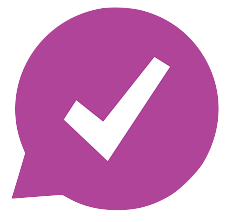
Recent Posts
- 7 Best Practices for Tornado and Severe Storm Emergency Notifications
- 7 Best Practices for Church Emergency Notifications to Keep Congregations Safe
- How Transportation and Logistics Use Emergency Alerts to Keep Operations Moving
- The ROI of an Emergency Notification System and Why It Pays for Itself
- Everything You Need to Know About an Emergency Notification System
Categories
“I am a youth minister and have spent hours in the past calling students individually to remind them of an upcoming event or to get out an urgent announcement. With DialMyCalls.com, I cut that time down to about 1 minute. I also love how I can see exactly who answered live and how long they listened so I know if they heard the whole message. DialMyCalls.com is the best website I have stumbled upon all year! Thanks!”
Central Baptist Church
Try Using DialMyCalls Right Now
Start For Free
Author
Tim Smith is the Media Manager at DialMyCalls, where he has leveraged his expertise in telecommunications, SaaS, SEO optimization, technical writing, and mass communication systems since 2011. Tim is a seasoned professional with over 12 years at DialMyCalls and 15+ years of online writing experience.
Try Using DialMyCalls Right Now
Start For Free
Recent Posts
- 7 Best Practices for Tornado and Severe Storm Emergency Notifications
- 7 Best Practices for Church Emergency Notifications to Keep Congregations Safe
- How Transportation and Logistics Use Emergency Alerts to Keep Operations Moving
- The ROI of an Emergency Notification System and Why It Pays for Itself
- Everything You Need to Know About an Emergency Notification System
Categories
“I am a youth minister and have spent hours in the past calling students individually to remind them of an upcoming event or to get out an urgent announcement. With DialMyCalls.com, I cut that time down to about 1 minute. I also love how I can see exactly who answered live and how long they listened so I know if they heard the whole message. DialMyCalls.com is the best website I have stumbled upon all year! Thanks!”
Central Baptist Church
Try Using DialMyCalls Right Now
Start For Free
